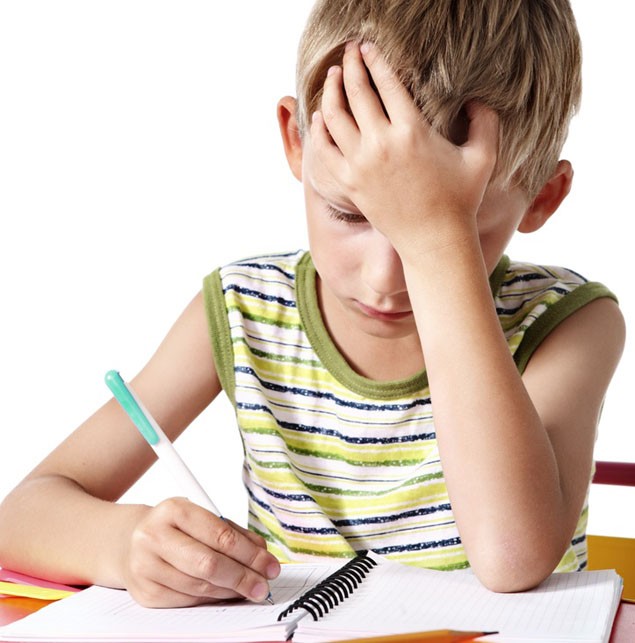
by PRIDE Reading Program Admin | Jun 23, 2016 | A PRIDE Post, Writing Skills
The best way to help your child become a better writer is to separate the mechanics of writing (grammar, punctuation, handwriting, spelling) from the creative part. Your child’s strength is in his vivid imagination – an important asset in all writers. Help your child learn that writing is a two-stage process: the first stage is getting the ideas on paper; the second step is correcting or editing the work.
When writing the first draft of an essay or story, encourage your child to write things down in whatever form or order he is comfortable with. Once those ideas are in a written form, you can guide your child to developing a more polished version. If your child is very young, you will have to give a lot of help, but as he grows older, he will learn to do more for himself. Keep in mind that even professional writers hire editors to proofread and correct their work!
MIND MAPPING
A good technique for getting ideas to flow on the paper is to use mind-mapping. Your child will start with a main idea and then write down a few words or will draw a picture representing the idea in the middle of a blank sheet of paper. He will then draw lines that go out from the center for each main idea he has about the subject. At each line he should write a few words or draw a picture. He can also add details to each idea by writing even more words and connecting them with a line to the idea they relate to.
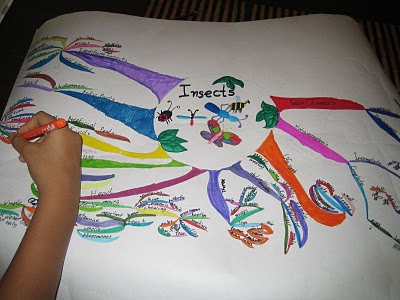
Once the ideas are written down in this mind mapping format, you can help your child develop them into written sentences, using the child’s map as a guide for developing the structure of his paragraph or essay.
POETRY
Introduce your child to poetry or verse. Try using free verse-poetry that does not have to have a particular rhythm or cadence, and does not have to rhyme. One of the advantages of writing poetry is that it frees the child from writing conventions, such as the need to use complete sentences. It also allows your child to experiment with the sounds of words and to use new words that are evocative of a particular mood or feeling.
Your child might enjoy writing haiku, mostly because it is short. Haiku traditionally has three lines consisting of seventeen syllables in total, usually arranged in lines of five, seven, and five syllables. Although the form is very brief, writing haiku will help your child develop sensitivity to the phonetic structure of word segments.
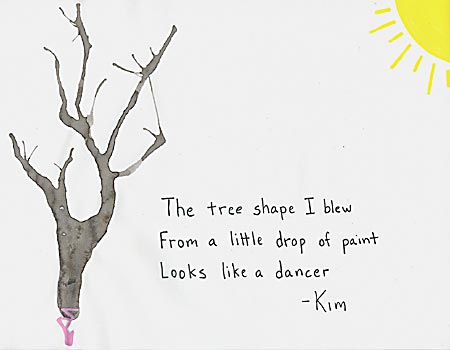
Another fun form of poetry is to make a slideshow poem. You can have your child take 5 or 6 photographs based on a theme (a recent trip, a family member’s life). Import the pictures into a software program such as PowerPoint or iPhoto and have the child write a poem based on the pictures by posting a word or two with each photo image. Make it really fun by adding special effects, transitions, or music to spice up the slideshow poem.
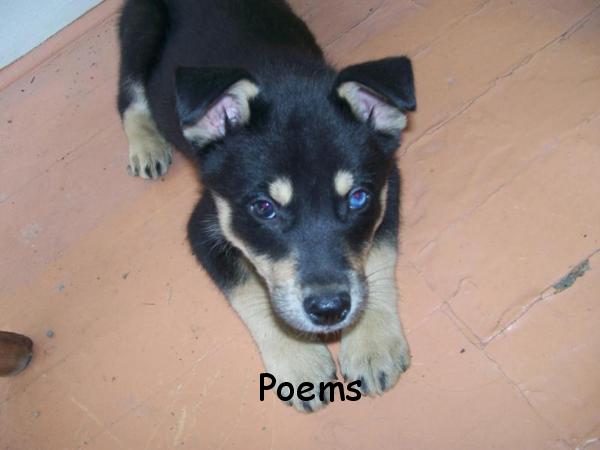
Teach your child how to write an acrostic poem. This is where the first letter of each line spells out his name when read from top to bottom. Once the child writes a poem based on his name, then he can write about family members, pets and friends.
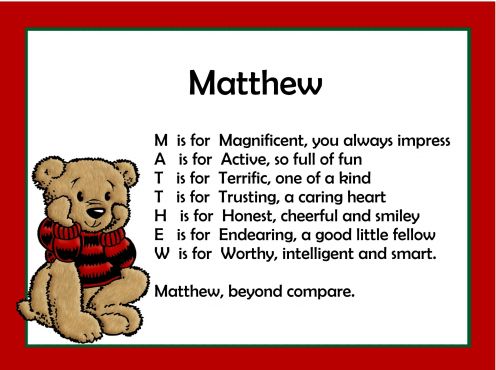
PLAYS
You might also encourage your child to write a play, it is sometimes easier for the reluctant writer to focus only on the dialogue among the characters. Your child might enjoy presenting his play as a puppet show or using a video camera to make his own movie using his own written screenplay.
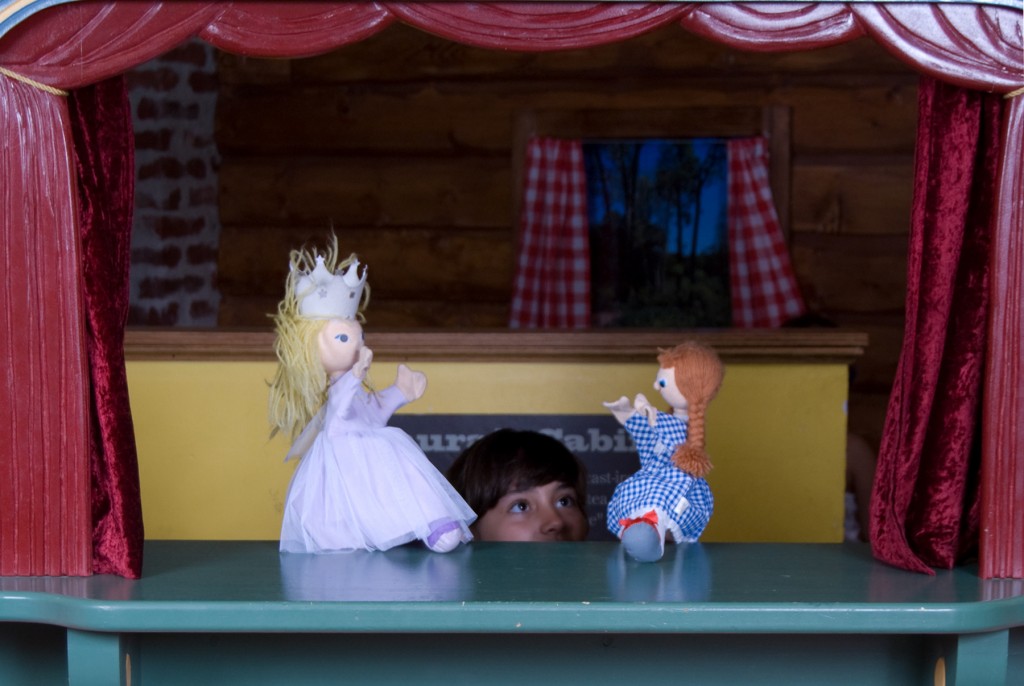
Writing, like reading is one of those tasks that will only improve through a lot of practice. Set up a designated writing area somewhere in your home and have writing material available to your child at all times. This includes markers, pencils, pens, and crayons, as well as coloring books, paper, and journals. Provide lots of writing opportunities for your child and above all – keep it fun!
_______________________________________________________________________________________
Karina Richland, M.A. is the Founder and Director of PRIDE Learning Centers, located in Los Angeles and Orange County. Ms. Richland is a certified reading and learning disability specialist. Ms. Richland speaks frequently to parents, teachers, and professionals on learning differences, and writes for several journals and publications. You can reach her by email at karina@pridelearningcenter.com or visit the Pride Learning Center website at: www.pridelearningcenter.com

by PRIDE Reading Program Admin | Apr 21, 2015 | A PRIDE Post, Writing Disorder
Dysgraphia is a type of learning disability in which an individual has difficulties putting thoughts to words when writing and the overall writing ability falls substantially below what is normally expected. Children with this sort of difficulty will find any sort of written activity to be a painstaking process and may have great difficulty constructing sentences and paragraphs in a grammatical or logical format and struggle tremendously with note- taking.
Dysgraphia Help – Some common symptoms of dysgraphia are:
- Cramped fingers when grasping pencil or pen
- Unusual pencil grip
- Frequent cross-outs or erasures in written work
- Inconsistent writing, mixture of upper and lower case letters, printed and cursive, variations in letter sizes and irregular formation of letters and slants
- Difficulties writing on the lines or within margins
- Very slow writing
- Easily fatigued while writing
- Illegible handwriting
- Many reversals of letters and numbers
- Some words are written backwards
- Letters might be out of order
- Difficulties organizing thoughts on paper
- Multiple spelling mistakes
- Errors in grammar and punctuation
- Sentences lack cohesion
Here are some examples of how to help a child with Dysgraphia overcome some of their difficulties:
In Preschool or Kindergarten:
- Encourage the correct pencil grip, posture and paper hold while writing. Try to reinforce this often before a habit is formed. Using a rubber band can help keep the correct finger grasp in place.
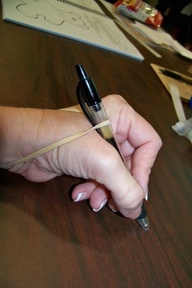
- Use different pens and pencils that are a comfortable fit for your little one. Sometimes-fat markers on the white board work best for little fingers.
- Use paper with raised lines to help guide staying within the lines.
A young child with Dysgraphia will need to practice letter formation using multisensory writing strategies to improve motor memory. They will need to move, touch, feel and manipulate real objects as they learn the habits and skills essential for writing. Some examples are:
1. Have the child first write the letter in the air with two fingers. Then they can trace over a yellow highlighted letter. Finally, they can write the modeled and traced letter independently on a whiteboard or piece of paper.
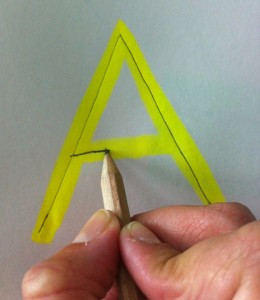
2. Use the wet-dry-try method. Children write the letter on a chalkboard with a wet sponge using the correct letter formation. Afterwards, they dry the letter with a dry sponge using the correct formation. Then, they rewrite the letter correctly again with a piece of chalk.
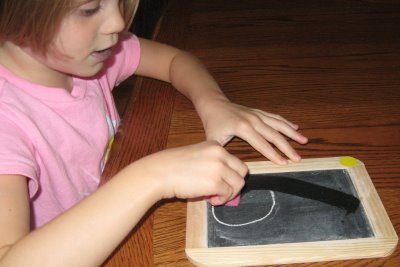
3. Build letters out of clay or play dough
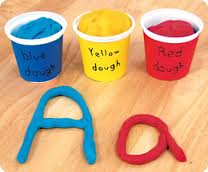
4. Use shaving cream to write the letters
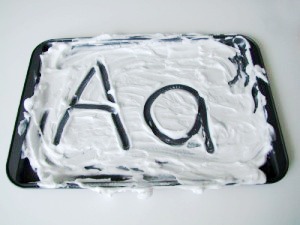
5. Trace letters on a piece of sandpaper or a bumpy surface
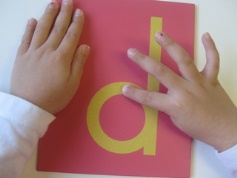
6. Speak out loud while writing the letters. For example, speaking through motor sequences, such as “b” is “first comes the bat, then comes the ball.”

In Elementary School:
- Introduce a keyboarding program on the computer or tablet as soon as possible. Typing can make it easier for a child with Dysgraphia to write by alleviating the frustration of forming the letters.
- Give the child extra time to complete writing activities.
- Have the child proofread the work later in the day. It is easier to see mistakes after taking a break.
- Help the child create a checklist of editing their own work. This can include spelling, neatness, grammar, syntax, written expression.
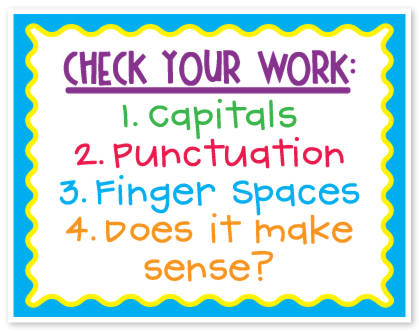
- Encourage the use of a spell checker
- Students can first verbally talk into a recorder to express their ideas and then follow up by writing them afterwards.
- Create a well-organized plan that breaks writing assignments into small tasks.
- Use games and movement activities to reinforce spelling and sight words. Some examples are:
- Bounce a Ball – bounce a ball as you spell words. 1 bounce per letter.
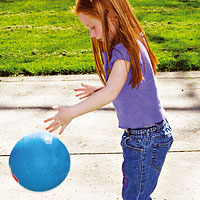
- Cheerleader Chant – Give me an S, give me a P, give me an E, give me an L, give me a L, give me another L – what’s that spell? SPELL!
- Jumping Jacks – Instead of writing the words, the student can spell them aloud while doing jumping jacks.
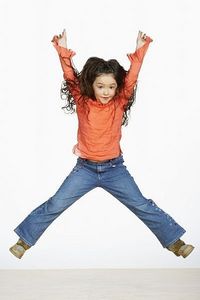
A student with Dysgraphia will benefit from being explicitly taught the steps of the writing process. Just as these students were taught to read in a step-by-step process, they will also need explicit and direct instruction in writing.
Students who struggle with Dysgraphia will need to explicitly be taught different types of writing such as expository and personal essays, short stories, poems, etc. This means that a teacher will need to provide these students with specific ideas and instructions. As part of these writing lessons, students will need to be given “visualization” strategies and mnemonics, which are a fun and easy strategy for remembering essential steps in the writing process.
Children struggling with Dysgraphia will need a structured, sequential, systematic, cumulative and multisensory writing program to help them build lasting memories. This might require more one-on-one sessions with a trained writing teacher, parent or tutor.
Learn more about the New PRIDE Reading Program
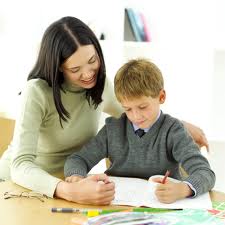
__________________________________________________________________________________________________________
Karina Richland, M.A. is the Founder of PRIDE Learning Centers, located in Los Angeles and Orange County. Ms. Richland is a certified reading and learning disability specialist. Ms. Richland speaks frequently to parents, teachers, and professionals on learning differences, and writes for several journals and publications. You can visit the PRIDE Learning Center website at: www.pridelearningcenter.com
by PRIDE Reading Program Admin | Aug 2, 2011 | Orton-Gillingham
A Book Review by Karina Richland, M.A., E.T.
The Shut-Down Learner by Richard Selznick, PhD, is a very parent friendly book written for parents and teachers of children and students with learning disabilities, primarily dyslexia.
The Shut down learner is a visual-spatial child that has a unique set of strengths and weaknesses. Dr. Selznick refers to these children as “the Lego kid.” The Lego kid does not succeed in school because others do not understand and value his strengths and everyone focuses too much on his weaknesses.
The weaknesses of these children are very low linguistic-verbal intelligence. They struggle considerably with reading, spelling and writing. Despite attempts from special educators and remedial teachers to help these children fail in these areas of weakness, the progress for these children is slow and often even unrecognizable.
The strengths of the Shut-Down Learner are excellent spatial and visual perceptual organization skills. This attribute is his most defining indicator and the author stresses this strength throughout the entire book. The SDL child can visualize things well. They learn through visualization and not through language.
The High-Spatial Characteristics include:
- Lego kid
- Loves puzzles
- Engages for hours with hands-on-activities
- Likes taking things apart to see how they work
- Enjoys hooking things up, such as entertainment systems
- Good awareness of visual detail
- Excellent visual recall
- Does well with psychological assessment tasks that involve spatial analysis
- Enjoys doing tasks and is movement-based
The curriculum is a major obstacle for these students. They will not thrive under the regular curriculum because of their severe language acquisition deficiencies. Dr. Selznick recommends Orton-Gillingham remediation as part of the student’s education. This instruction will help these children overcome the worst of their deficiencies. The SDL child will also need heavy focus on the areas in which he can excel and have confidence in. These are the areas of visual-spatial and kinesthetic intelligences.
I did enjoy reading this book and would recommend it to parents and teachers of struggling readers. I do want to mention though, that not all children with dyslexia and learning disabilities are gifted in the visual-spatial skills. I work with many students with dyslexia who do not perform well in visual-spatial tasks and do not enjoy building with legos or taking engines apart.
Multisensory learning is the key factor and will benefit struggling readers. We all learn a different way, and we each have our own set of strengths and weaknesses. It is so important to always point this out to our children.
____________________________________________________________________________________________
Karina Richland, M.A., E.T. is the Managing Director of Pride Learning Centers, located in Los Angeles and Orange County. A former teacher for Los Angeles Unified School District, Ms. Richland is a reading and learning disability specialist. Ms. Richland speaks frequently to parents, teachers, and professionals on learning differences, and writes for several journals and publications. You can reach her by email at: info@pridelearningcenter.com or visit the Pride Learning Center website at:
www.pridelearningcenter.com

















